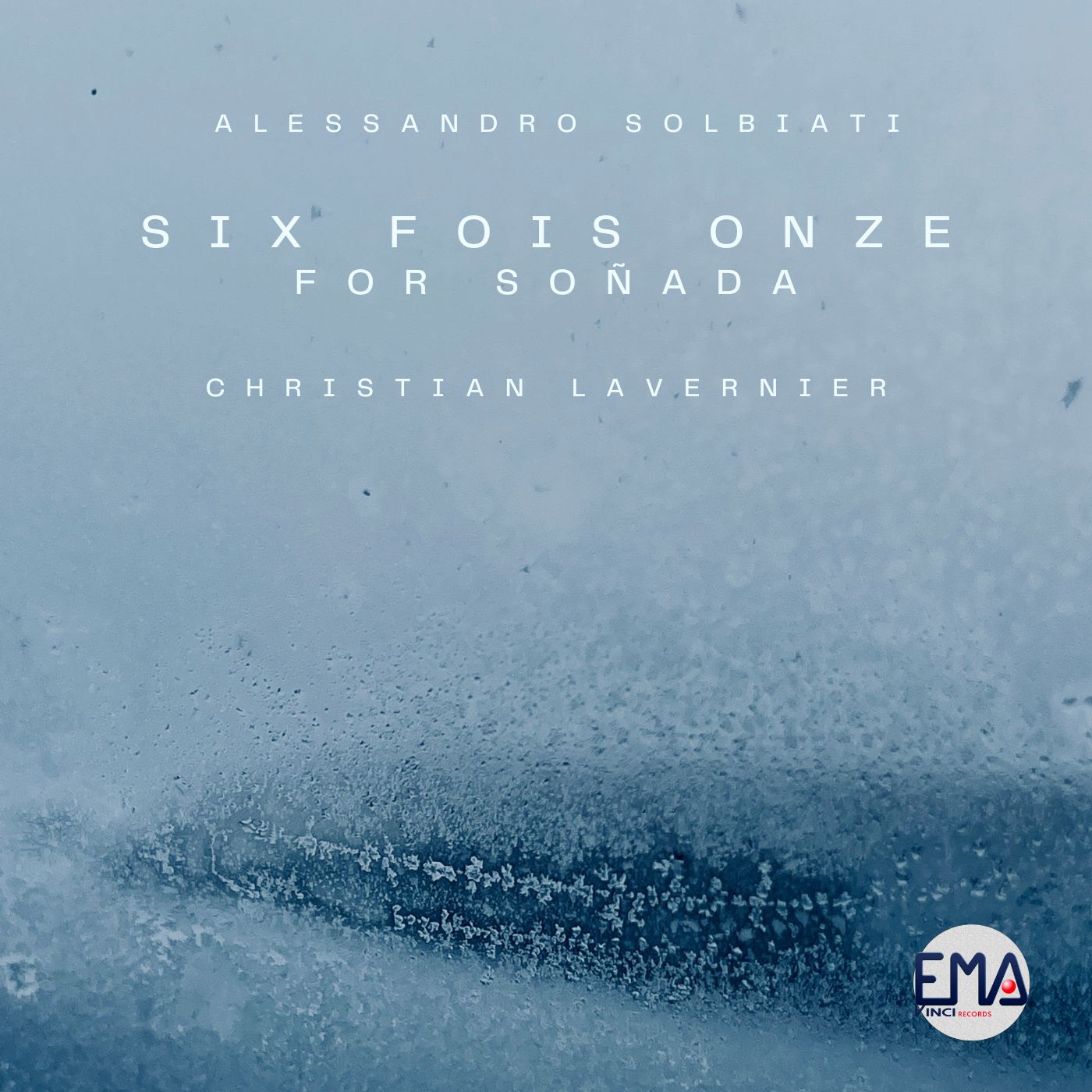- 1 Six Fois Onze I
- Six Fois Onze II
- Six Fois Onze III
- Six Fois Onze VI
- Six Fois Onze V
- Six Fois Onze VI
Ho sempre considerato l’incontro compositivo con uno strumento musicale prima mai “frequentato” come uno stimolo molto importante per ampliare il mio immaginario sonoro e per aprire in me nuovi territori espressivi. Nel corso degli anni ciò è successo via via con la fisarmonica, lo cymbalom, le “pietre sonore” dello scultore Pinuccio Sciola e con altri strumenti inconsueti. Nel caso della soñada, l’incontro è stato doppio: da una parte uno strumento stupefacente, che a prima vista appare un incrocio tra chitarra e tiorba, ma che via via rivela una ricchezza e una bellezza di sonorità, di possibilità articolative, di registri e di dinamiche del tutto sue, non paragonabili a quelle di nessun altro strumento della stessa famiglia, e dall’altra un interprete, Christian Lavernier, unico depositario dello strumento, suo vero mentore, che con immensa passione, abilità e dedizione è disposto a mettersi in gioco continuamente, a rispondere alle richieste di un compositore pensandole sempre attuabili, a “viaggiare” assieme al compositore stesso alla scoperta di nuove possibilità.
Ho conosciuto, attraverso Christian, un tal numero di risorse dello strumento, e ne ho tratto un tal numero di idee che l’unico modo per dar loro vita e suono senza scadere nel catalogo era quello di pensare ad una successione di brevi brani, ciascuno dei quali dotato di una propria evidente fisionomia figurale e immaginativa focalizzata di volta in volta su altrettanti aspetti dello strumento: il primo parte dal centro assoluto del registro strumentale per ampliarlo via via, fino a stupire per la vastità del registro stesso, il secondo sfrutta la vicinanza di accordatura grave di sesta e settima corda per poi appoggiarsi alle sonorità scure delle corde di risonanza, il terzo è basato su un bordone dell’undicesima corda suonata con un archetto affidando alla sola sinistra un canto ascendente, il quarto è una serie di velocissime e incalzanti variazioni, il quinto utilizza un ampio repertorio di tecniche estese ottenendo sonorità imprevedibili, il sesto si concentra infine sugli armonici che si possono produrre su tutte le undici corde. Spero di aver dato un contributo alla conoscenza di uno strumento di vero, grande interesse, sondando nel contempo, attraverso di lui, nuove istanze espressive.
Alessandro Solbiati

I have always considered the “compositive meeting” with a never employed instrument as an important incentive to enlarge my sound image and to open inside myself new expressive landscapes.
Over the years this happened with the accordion, the cimbalom, the “sounding stones” by the sculptor Pinuccio Sciola, and with other unusual instruments. As for soñada, it has been a double meeting: on one side an amazing instrument, at first glance a cross between a guitar and a tiorba, but which shows more and more a richness and beauty of sound, technical means, registers and dynamics absolutely original, not comparable with each other similar instrument ones, and from the other side a performer, Christian Lavernier, the only one owner of this instrument, true its own mentor, who is continuously open to put himself in the game with immense passion, skill and dedication, to answer to every composer’s request, thinking they are always possible, to “travel” with the same composer discovering new possibilities.
Across Christian, I’ve known a so large number of soñada’s resources, and I’ve obtained such a number of ideas by them that the only one way to give them life and sound without falling in a catalogue has been to imagine a series of short pieces, each of which with its own clear figural and imaginative appearance, every time based upon particular aspects of the instrument.
The first one starts from the true center of the register and enlarges it till we’re amazed by its range, the second one is around the proximity of the low tuning of sixth ad seventh string (re-mi) and then leans against the dark sound of the resonance strings, the third one is based on the “bordone” of open eleventh string, played with a bow, over which left hand sings an ascending melody; the fourth one consists in a series of very quick variations, the fifth uses a wide collection of extended techniques, obtaining unpredictable sonorities, the last one is concentrated on every kind of harmonics on the eleven strings.
I hope I could give a contribution to the knowledge and the repertory of an enormously interesting instrument, exploring at the same time with it new expressive fields of mine.
Alessandro Solbiati

© ℗ 2023 EMA Vinci 70308
https://www.emavinci.it/store/prodotto/six-fois-onze-christian-lavernier
